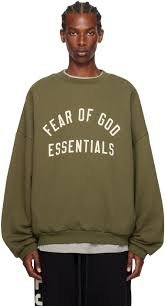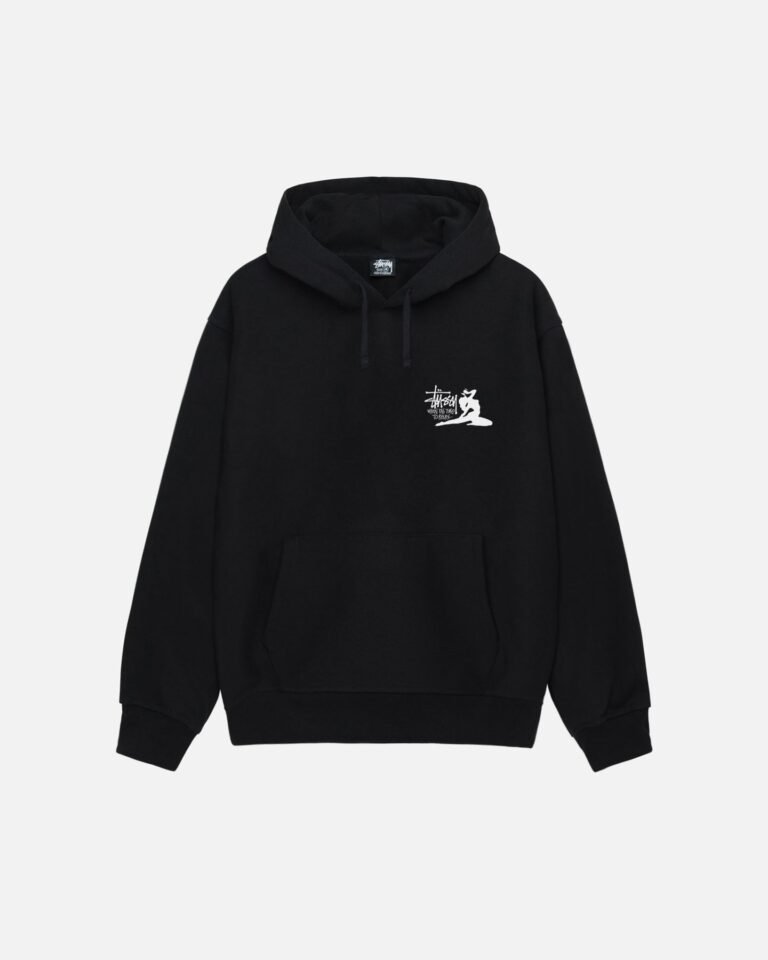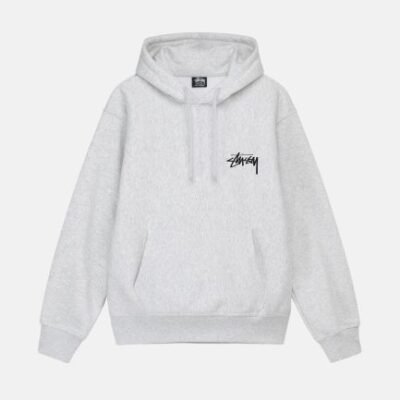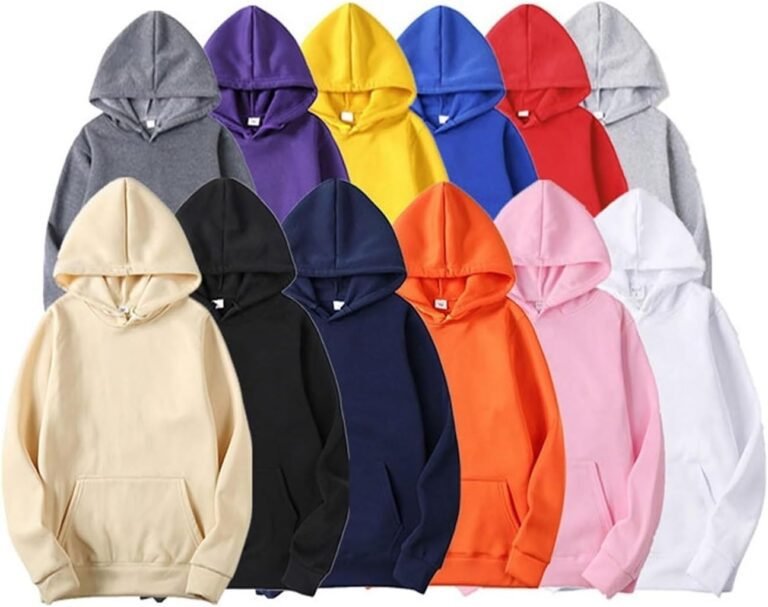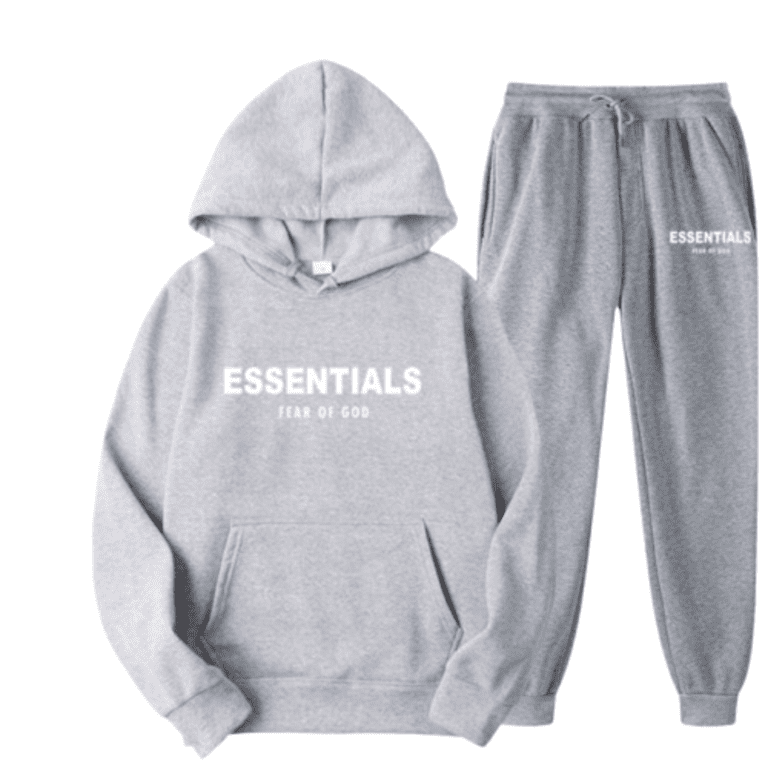Essentials: A Comprehensive Guide to Must-Have Items for Every Situation
1. Introduction to Essentials
In today’s fast-paced world, essential items are the backbone of our daily lives. They represent the core of what we need to function and survive. Whether you’re preparing for a camping trip, stocking up on necessities for the home, or planning for an emergency, essential supplies are the building blocks of preparedness and well-being. These core essentials are often taken for granted but can make all the difference in terms of safety, convenience, and comfort.
When we talk about essentials, we’re referring to things that are indispensable in a variety of settings—vital resources that are crucial in maintaining basic quality of life. From basic needs like food and water to must-have tools and products, it’s essential to know what to prioritize. Whether you’re starting your day, embarking on an adventure, or simply managing your home, understanding and maintaining your essentials can simplify your routine.
What Are the Key Essentials? The term essential can apply to many contexts: home survival, outdoor activities, health, and wellness. By focusing on your key needs and eliminating excess, you’re in the best position to succeed, adapt, and thrive. It’s not about hoarding items but about selecting the best essential products for your specific requirements.
Action Step: Explore our curated list of must-have essentials to help you navigate your daily tasks and stay prepared for unexpected challenges.
2. Why Are Essentials Important?
Understanding why essential items matter is crucial. Essentials serve as the foundation upon which we build our daily routines and ensure that we’re ready to face life’s unpredictabilities. When you have the right necessities, you’re not just getting by, you’re thriving.
The Role of Essential Items in Daily Life Having the right essential supplies can make a huge difference in productivity, comfort, and even survival. For example, in your home, having items like food, clean water, and toiletries ensures a steady and comfortable lifestyle. When you travel or explore the outdoors, survival essentials like a first aid kit, multi-tool, and flashlight are paramount.
Essentials vs. Non-Essentials One important aspect to consider is the difference between essentials and non-essentials. While non-essential items can offer convenience or luxury, essential items are non-negotiable for maintaining health, safety, and functionality. When managing your resources—whether in your home, backpack, or emergency kit—it’s important to focus on what’s vital to your well-being. This means focusing on core essentials such as water, food, and shelter, rather than distractions or superfluous items.
Why Having the Right Essentials Helps When you’re prepared with the right must-have essentials, you’re better equipped to handle life’s challenges. From unexpected health issues to sudden weather changes during a trip, having the right essentials ensures that you’re ready for whatever comes your way.
Action Step: Review your personal essentials and evaluate if you’re truly equipped for all situations, from home to travel and emergencies.
3. Different Types of Essentials You Need in Everyday Life
Everyday life is filled with situations where certain essential items are crucial. Whether it’s basic needs like food, water, and shelter or essential tools that assist in productivity, these items vary by circumstance but all serve an important role.
Home Essentials
At home, certain core essentials such as food, water, medicine, and cleaning supplies are critical. Without these, daily life becomes much more difficult. Imagine a situation where you’re without toiletries or enough food—these are basic needs you can’t afford to neglect.
Health and Wellness Essentials When it comes to health, your essential supplies include vitamins, hygiene products, and wellness tools that help maintain your physical and mental health. Your wellness routine should incorporate essential items like a balanced diet, regular exercise, and good sleep hygiene. These are the foundations of a long, healthy life.
Technology Essentials
In the modern age, essential items also extend to technology. Phones, laptops, and chargers are now seen as critical for communication, work, and accessing resources. In fact, these devices can be categorized as necessities for many people, helping them stay connected to both personal and professional life.
Action Step: Take stock of your home essentials to make sure you’re prepared for your daily needs, from food to tech tools.
4. How to Choose the Right Essential Items
Choosing the right essential items is a critical decision in any situation. Whether you’re stocking up at home, preparing for travel, or getting ready for an emergency, it’s important to pick items that fit your needs, lifestyle, and environment.
Step 1: Assess Your Needs The first step in choosing essential goods is assessing your needs. Ask yourself questions like: Do you live in an area with frequent power outages? Are you often on the go, needing must-have essentials for travel? What essential tools will be most useful to you in your everyday routine? Answering these questions will help you identify the most suitable items for your circumstances.
Step 2: Prioritize Quality Over Quantity Rather than purchasing a large quantity of items, focus on acquiring high-quality essential supplies that will last longer and be more reliable. This is especially important when considering vital resources like food, water filtration systems, or emergency kits. Quality over quantity ensures that your essentials serve you well in critical situations.
Step 3: Make Practical Choices When preparing for a minimalist lifestyle or budget-friendly essential home supplies, practicality is key. Choose items that are versatile and functional, avoiding overcomplicated or unnecessary gadgets. For instance, a multi-tool can serve multiple purposes, making it a better option than individual tools.
Action Step: Make a checklist of your daily must-have items, then evaluate each one for quality, usefulness, and longevity.
5. Survival Essentials: What You Can’t Live Without in Emergencies
Emergencies demand a specific set of essential items to ensure your survival. Whether you’re stranded, stuck in a disaster zone, or facing unexpected circumstances, having the right survival essentials can make all the difference.
Essential Items for Emergency Preparedness Some essential tools that should be in every emergency kit include a flashlight, multi-tool, portable water purifier, and non-perishable food. These items are life-saving during blackouts, natural disasters, or when you’re caught in a remote area without access to supplies.
Must-Have Emergency Tools When considering your emergency supplies, don’t forget about first aid kits, fire-starting kits, and emergency blankets. These tools are not only essential but can be life-saving in the event of an accident or when medical help is unavailable.
Action Step: Create an emergency kit with must-have essentials to ensure that you are always prepared, no matter the situation.
6. Top Essential Resources for Health and Wellness
Health and wellness should be at the core of your essential items list. Proper care and preventive measures play a significant role in maintaining overall well-being. Whether it’s staying hydrated or managing stress, your essentials should include resources that contribute to physical and mental health.
Essential Health Supplies Some of the health necessities that you should keep on hand include vitamins, medicines, hygiene products, and exercise equipment. These essentials support your immune system, promote healthy habits, and improve your overall physical fitness.
Mental Health Essentials In addition to physical health, core essentials for mental health are equally important. This could include relaxation tools such as meditation apps, stress relief devices, or books for mindfulness. Taking care of your mental well-being is just as essential as maintaining physical health.
Action Step: Take a proactive approach to your health by organizing your wellness essentials and sticking to a healthy routine.
7. How to Organize and Store Your Essentials
Once you’ve gathered your essential items, it’s important to organize and store them properly. Whether you’re keeping them at home, in your travel bag, or in an emergency kit, storage matters. Proper organization ensures you can access your essential supplies when you need them most.
Tips for Efficient Storage For home essentials, use bins and containers to organize everything from food to cleaning supplies. For survival essentials, invest in durable, waterproof bags that will keep your vital resources safe in the event of an emergency.
Action Step: Regularly check and update your stored essentials to ensure everything is in working condition and still useful.
8. Conclusion
In conclusion, essential items are vital to ensuring that we live well, remain safe, and stay healthy in both everyday situations and emergencies. By identifying and organizing your must-have items—whether for home, work, or outdoor activities—you’ll be prepared for whatever life throws your way. It’s not about hoarding things, but about making informed decisions on what really matters.
Remember, core essentials aren’t just about surviving—they’re about thriving. By prioritizing the right essentials in your life, you give yourself the best opportunity to live a productive, healthy, and stress-free life.
Action Step: Download our guide for organizing your own essential supplies today and get started on making your life easier and more efficient.
9. FAQs
1. What are the most common essential items to have in an emergency kit?
Answer: Some common essential items for an emergency kit include a first aid kit, flashlight, batteries, water, non-perishable food, and a multi-tool. It’s important to ensure these essentials are suitable for your specific environment.
2. How do I determine which essential items to pack for a camping trip?
Answer: Consider packing essentials like a tent, sleeping bag, water filtration system, cooking equipment, and a flashlight. Tailor the list based on your destination and trip duration.
3. What are essential items for health and wellness at home?
Answer: Key health necessities include personal care items (soap, toothpaste), nutritious food, vitamins, exercise equipment, and water filtration systems to ensure proper hydration.
4. How can I make sure I have all my essential items for daily life?
Answer: A simple approach is to create a checklist of daily must-have essentials such as toiletries, food, and clothing. Review and update your essentials based on your routine and needs.
5. Why is it important to prioritize essential items for minimalism?
Answer: Prioritizing essential items for minimalism ensures that you focus on what truly adds value to your life, reducing clutter and stress. It helps you maintain only the items that contribute to your well-being.
